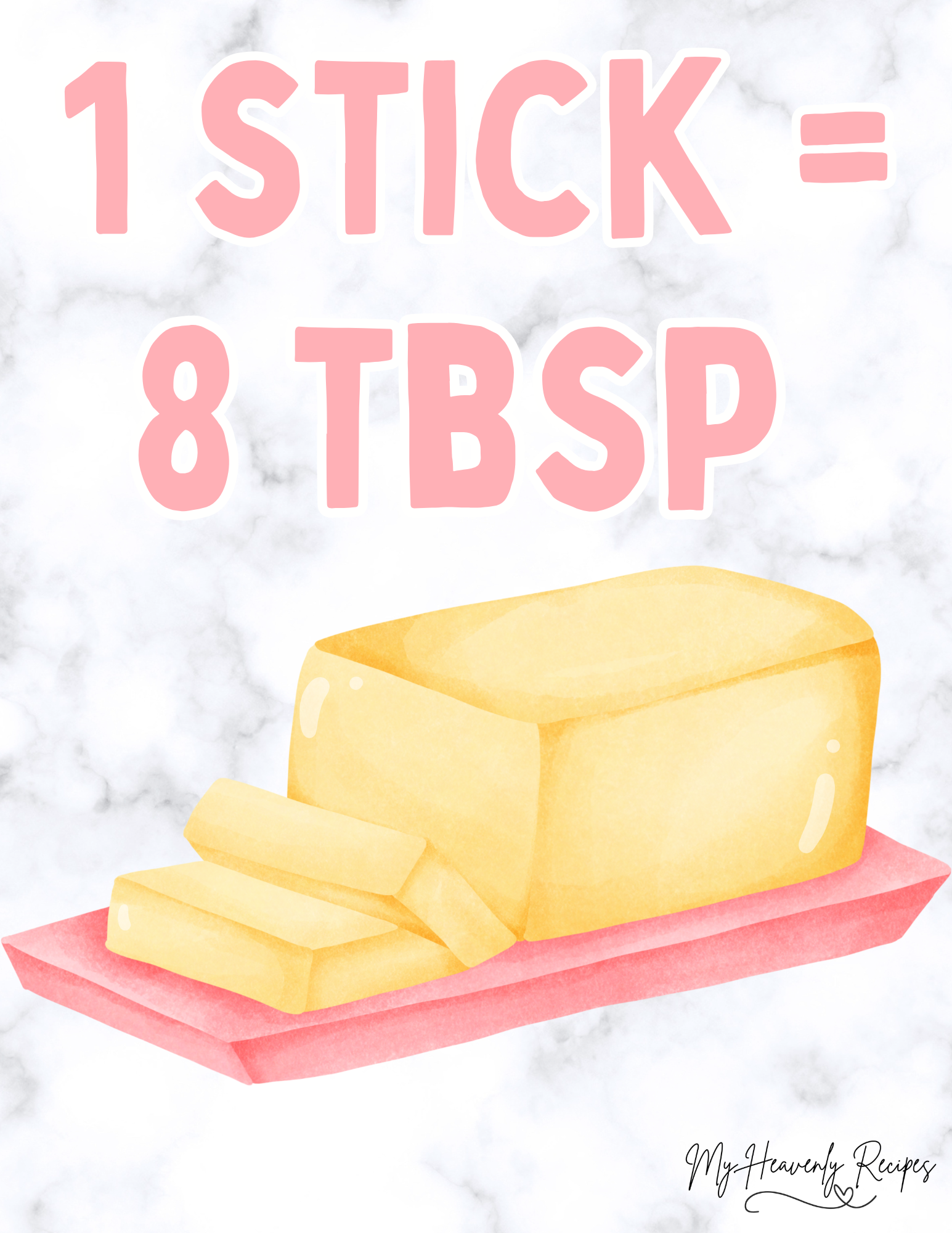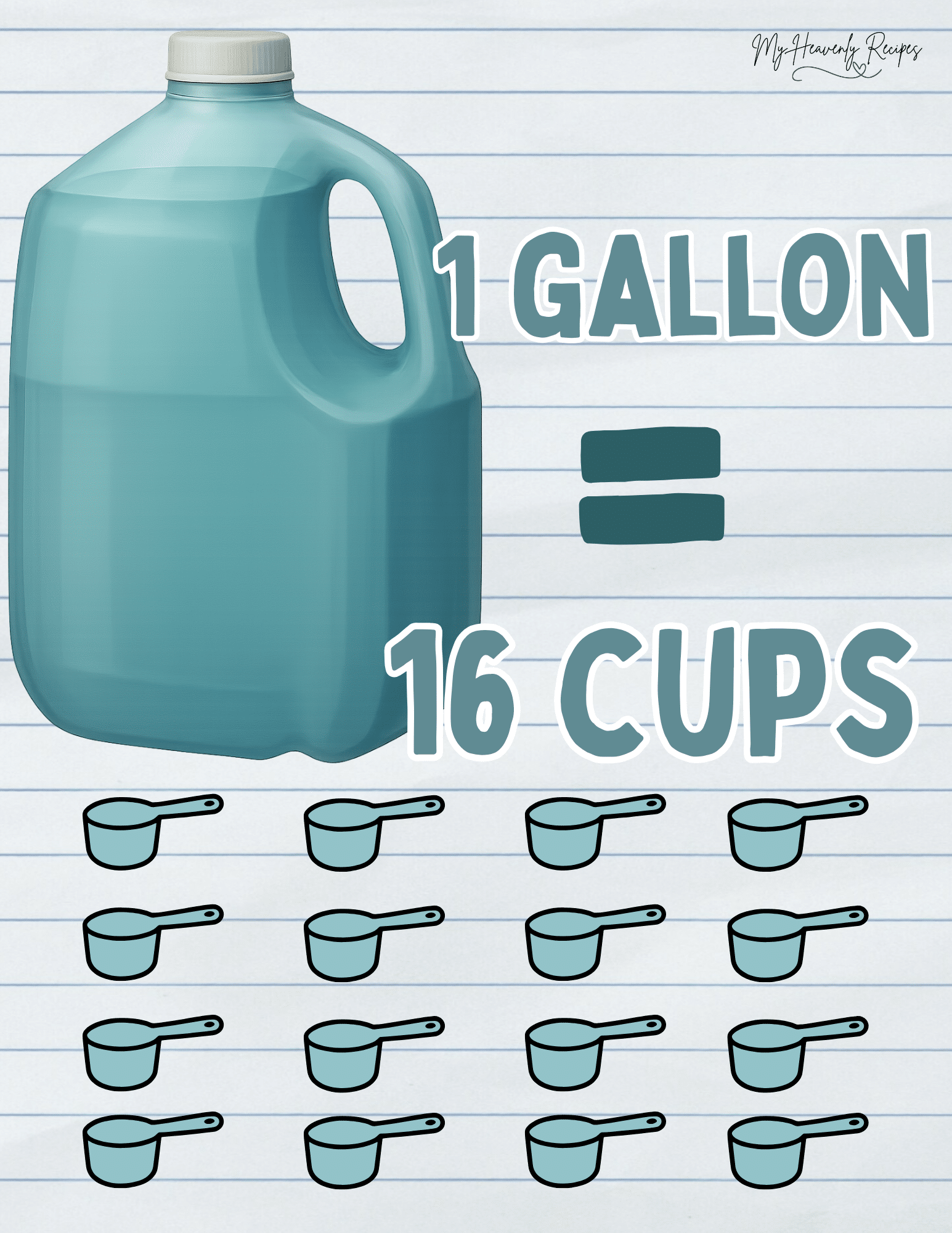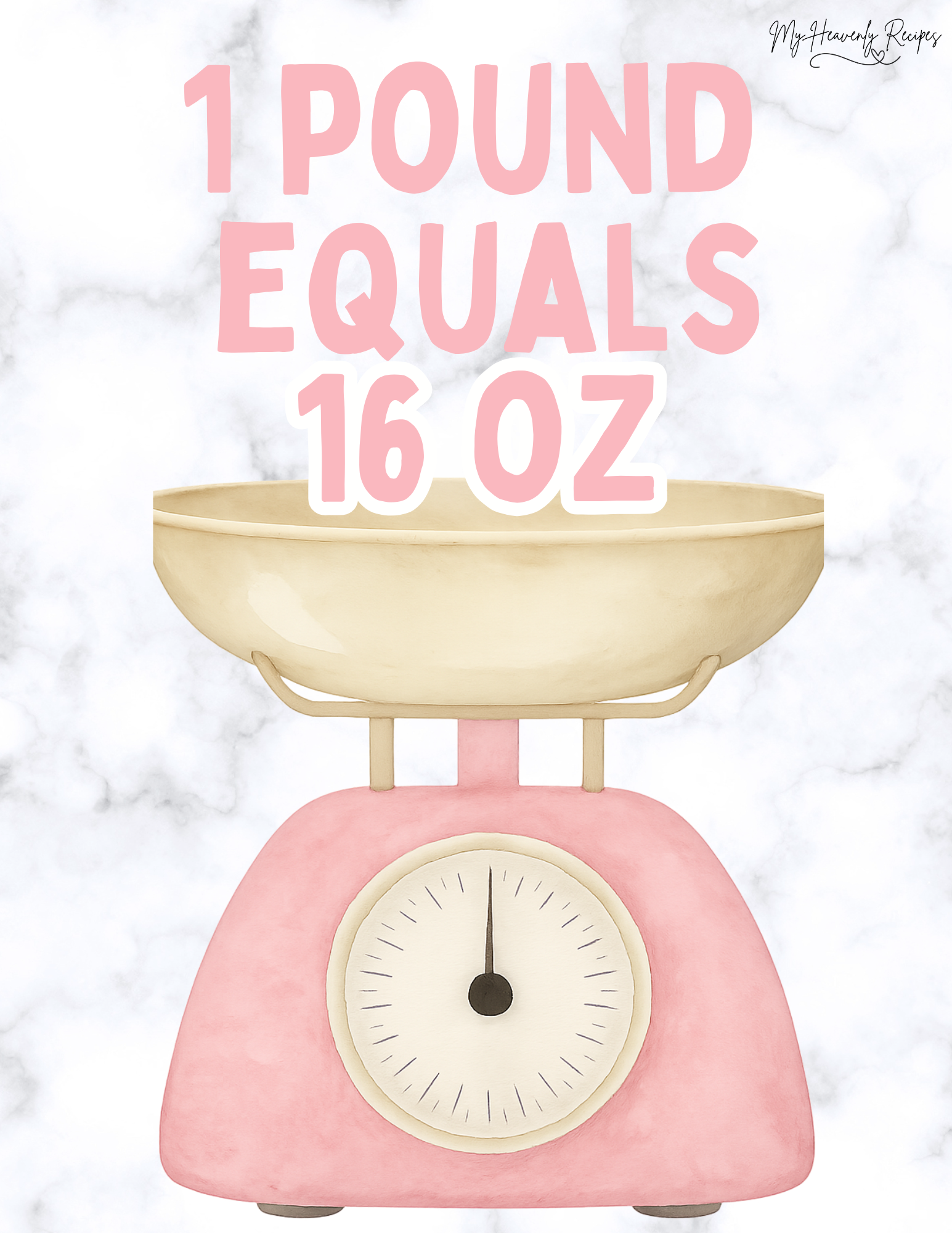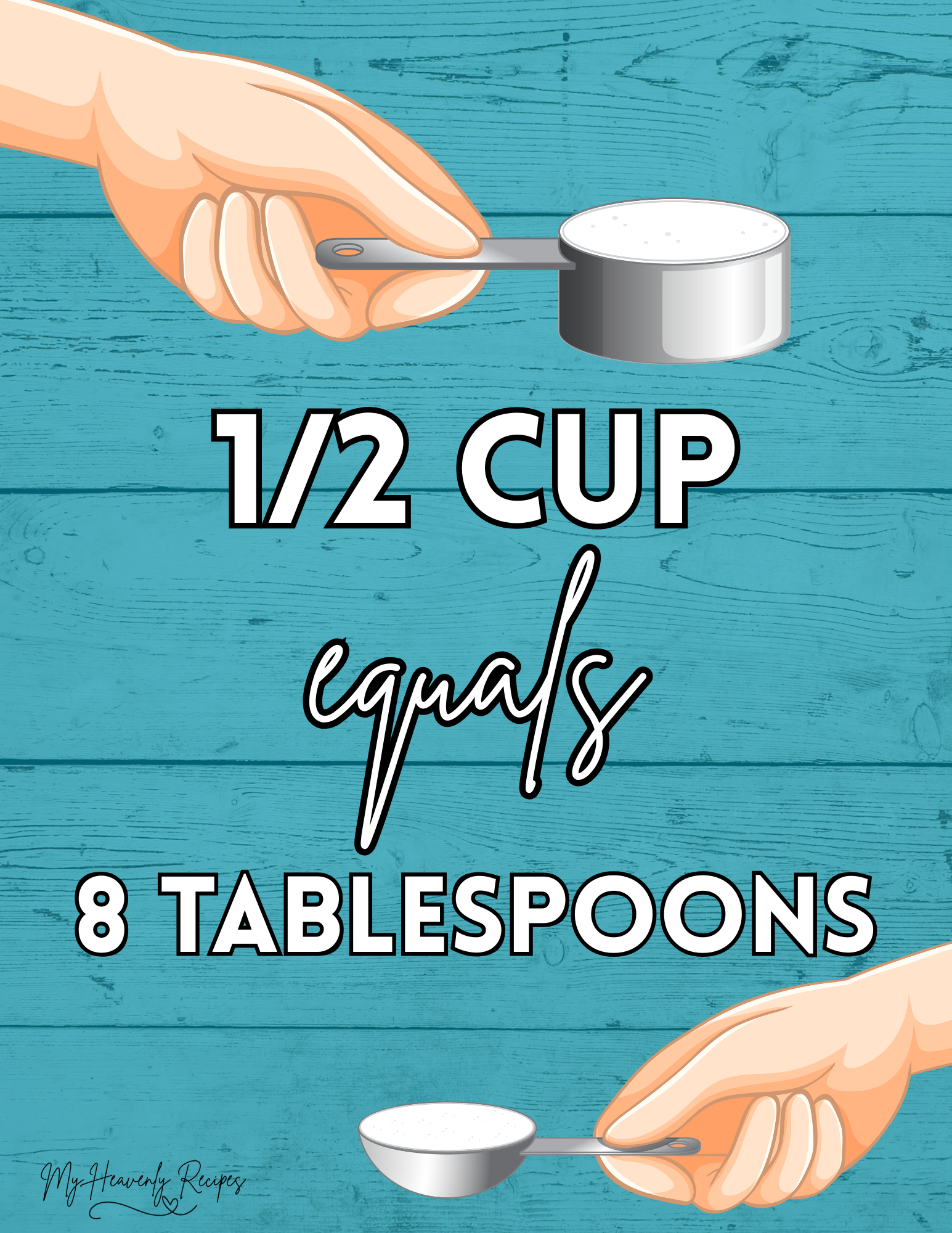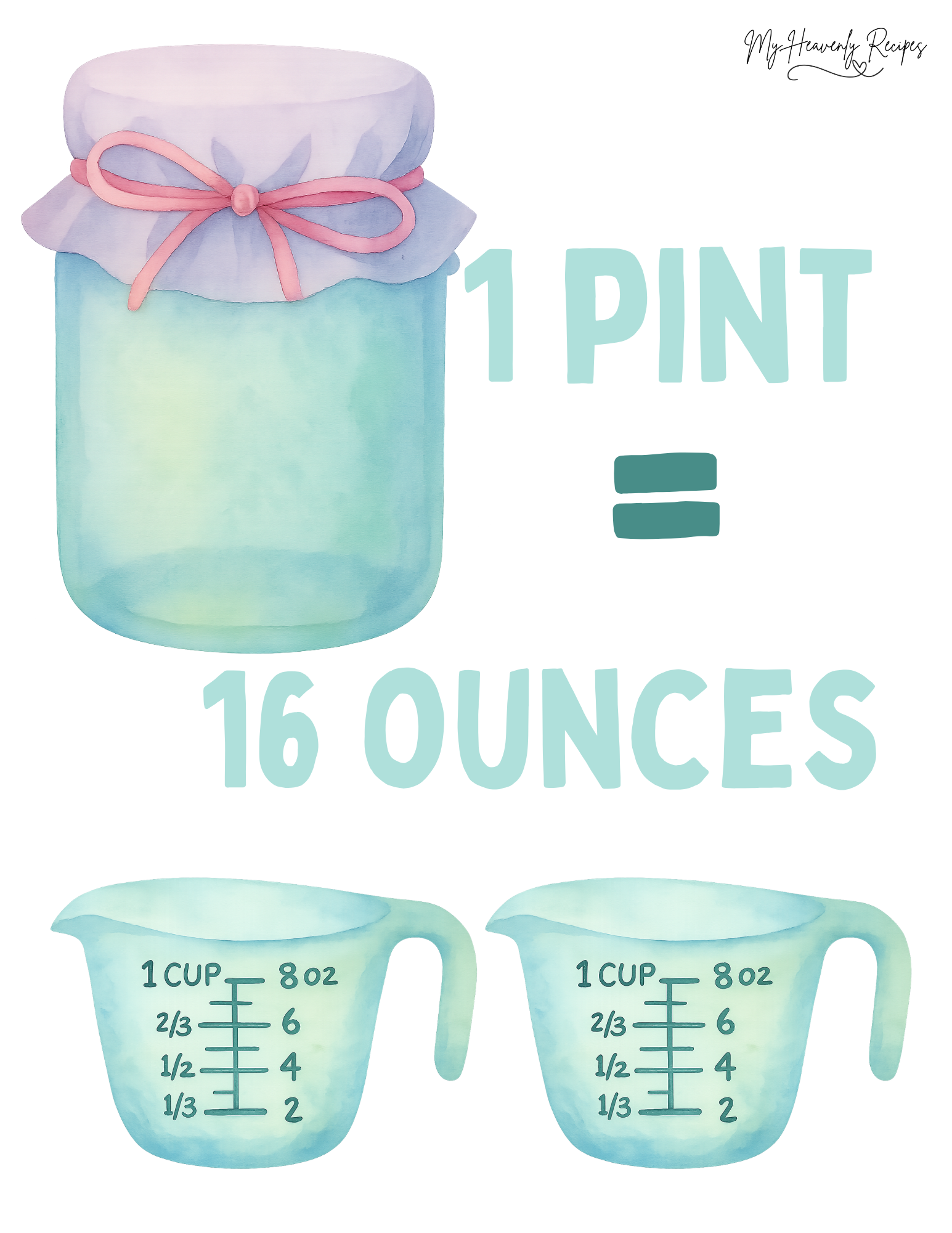How Many Grams in One Oz?
How Many Grams Are in One Ounce?
If you’ve ever looked up a recipe and thought, “Wait, what’s an ounce again?” — you’re definitely not the only one. Between grams, ounces, cups, and teaspoons, kitchen measurements can get confusing fast.
But don’t worry — by the end of this article, you’ll know exactly how many grams are in an ounce, how to convert between them, and why it’s super useful to understand both systems.
The Short Answer
There are 28.35 grams in one ounce.
That’s the magic number to remember.
So whenever you see an ounce measurement, you can multiply it by 28.35 to get grams.
Or, if you’re working the other way around (grams → ounces), divide your grams by 28.35.
In short:
- 1 ounce = 28.35 grams
- 1 gram = 0.035 ounces
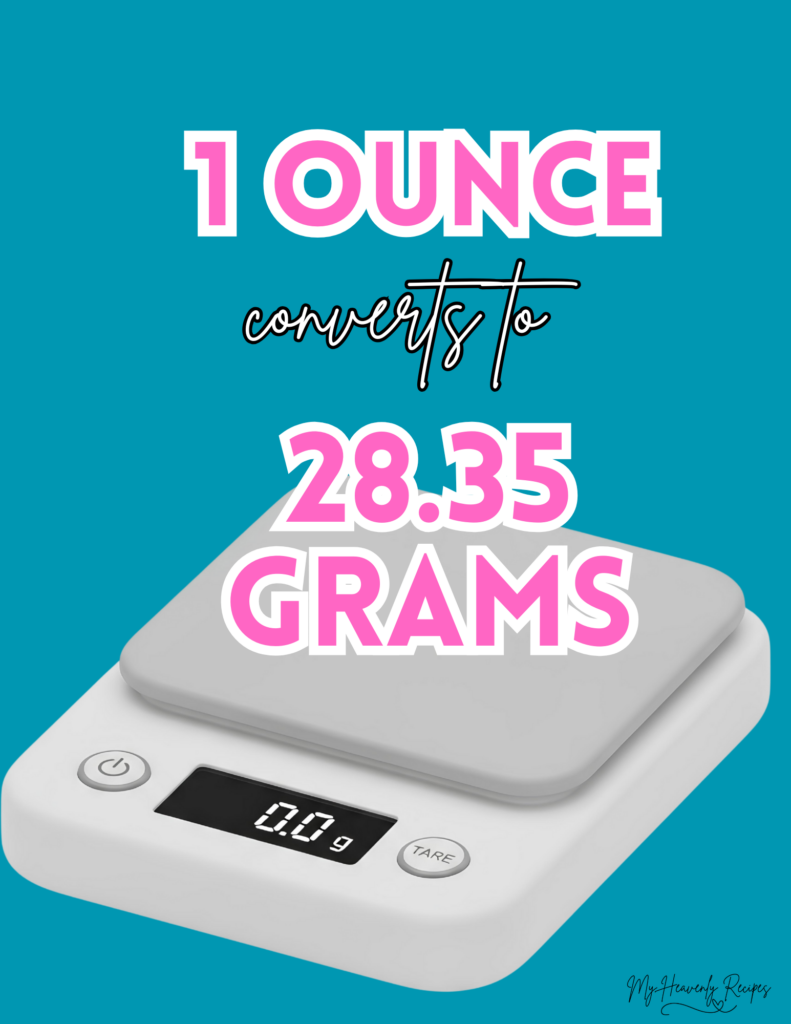
Why We Have Two Systems in the First Place
The reason this gets tricky is because different parts of the world use different measurement systems.
- The imperial system (used in the U.S.) measures ingredients in ounces, pounds, cups, etc.
- The metric system (used pretty much everywhere else) uses grams, kilograms, milliliters, and liters.
So, if you’re following a British or European recipe, it’ll usually say grams.
If it’s American, you’ll see ounces or cups.
Knowing how to convert between them makes it way easier to follow any recipe without stressing out or guessing.
Real-Life Examples
To make things easier to picture:
- A slice of bread weighs about 25 grams, or 0.9 ounces.
- A medium apple weighs about 180 grams, or 6.3 ounces.
- A stick of butter (in the U.S.) weighs 113 grams, or 4 ounces.
So next time you’re following a recipe from another country, you can easily figure out if your measurements make sense.
FAQs:
1. Is an ounce weight or volume?
Great question! An ounce can measure weight (like flour or sugar) or volume (like liquid ounces).
- When you see “oz” in cooking, it usually means weight (grams).
- When you see “fl oz,” it means fluid ounces, which measure volume (milliliters).
2. What’s the difference between a regular ounce and a troy ounce?
A troy ounce is used mainly for precious metals like gold and silver.
1 troy ounce = 31.1 grams, while a regular ounce = 28.35 grams.
So they’re close, but not the same.
3. How many grams are in half an ounce?
Half an ounce = 14.17 grams (since 28.35 ÷ 2 = 14.17).
4. How many ounces are in 100 grams?
100 grams ÷ 28.35 = 3.53 ounces.
5. Why does my kitchen scale switch between grams and ounces?
Because both systems are used worldwide! Many digital scales let you toggle between the two, so you can follow any recipe without doing the math yourself.

